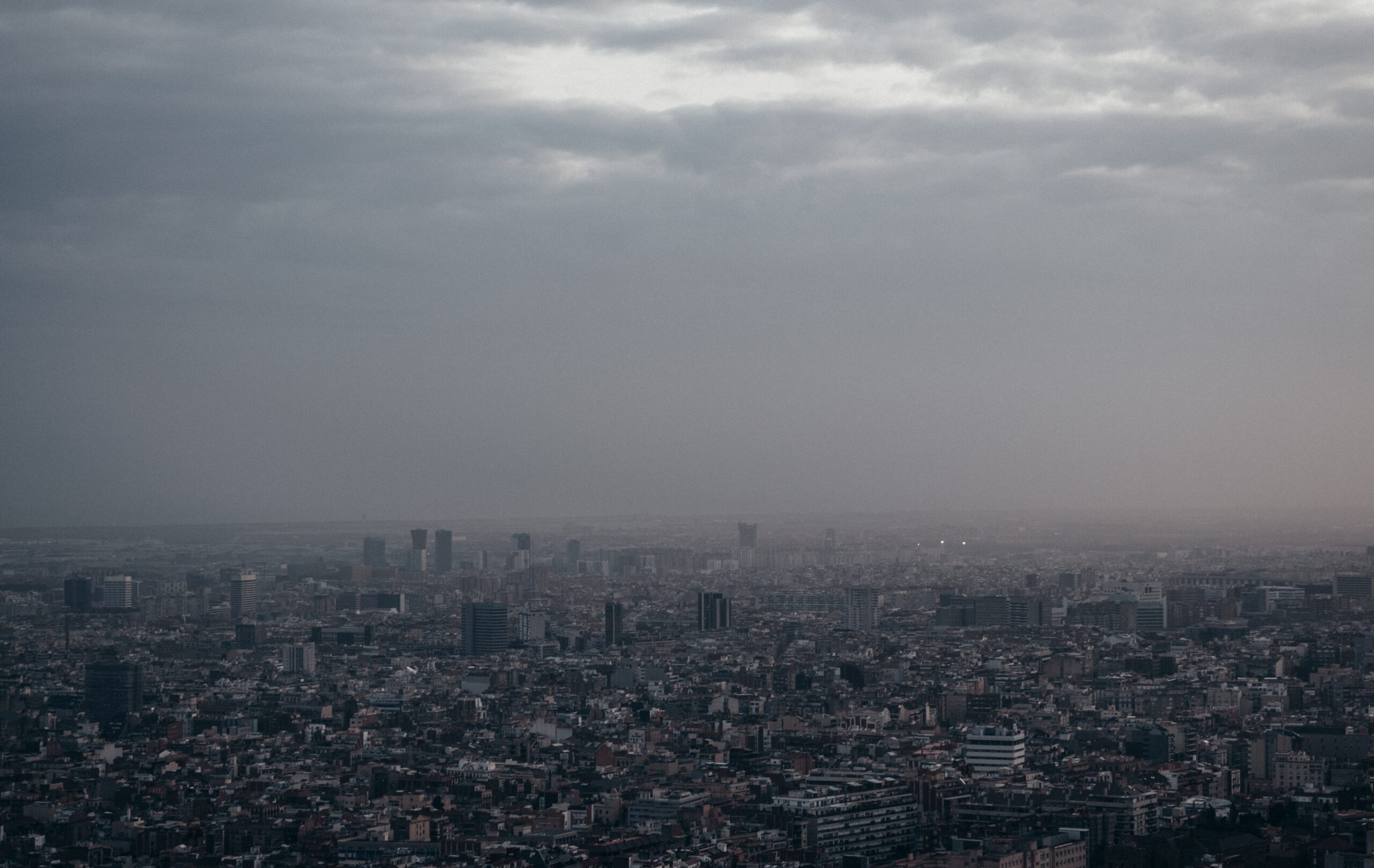Pakistan partners with the UAE to use cloud seeding for cleaner air in Lahore, addressing health risks posed by hazardous pollution levels.
In a groundbreaking move, the provincial government of Punjab, Pakistan, employed artificial rain through cloud seeding to combat hazardous levels of pollution in Lahore, one of the world’s most polluted cities. The initiative, executed with support from the United Arab Emirates (UAE), marked the first-ever use of artificial rain in the country.
Planes equipped with cloud-seeding technology took flight over Lahore, deploying 48 flares to induce rain in targeted areas. The experiment, carried out in collaboration with UAE experts, resulted in drizzles across at least 10 regions of Lahore. The provincial authorities, led by caretaker Chief Minister Mohsin Naqvi, are closely monitoring the impact within a 15km radius.
The UAE, known for its successful application of cloud seeding, provided both expertise and equipment for the mission. The process involves burning silver iodide in clouds, creating condensation and ultimately forming rain. Naqvi assured the public of the safety of artificial rain, citing over 1,000 annual missions conducted by the UAE and similar technologies employed globally, including in the United States, China, and India.
Lahore has been grappling with severe air quality issues, exacerbated by factors such as low-grade diesel fumes, seasonal crop burning, and colder temperatures contributing to smog formation. Previous measures, including business closures and extended school shutdowns, proved ineffective.
First-ever artificial rain experiment. Exclusive Footage of see how they fired cloud seeding bullets for #ArtificialRain earlier today collaboration with the UAE.#ExpressNews #breakingnews #artificialrain #Lahore #Rain #News #Pakistan pic.twitter.com/LbE8nLUeGN
— Latif ur Rehman (@LateefRehman22) December 16, 2023
Saturday’s artificial rain initiative aimed to address the alarming levels of PM2.5 pollutants, exceeding 66 times the World Health Organization’s danger limits. Experts emphasize the efficacy of even modest rainfall in reducing pollution.
Health experts warn of catastrophic consequences from prolonged exposure to the toxic smog, including strokes, heart disease, lung cancer, and respiratory illnesses. The provincial government attributes the air pollution crisis to industrial emissions, brick kiln and vehicle emissions, as well as the burning of crop residue and general waste in central Punjab.
Chief Minister Naqvi announced plans for additional instances of artificial rain in Lahore, coupled with the installation of smog towers—large-scale air purifiers designed to capture pollution—in the coming weeks. The initiative aligns with global efforts to combat air pollution, acknowledging the significant impact on public health.
As South Asia grapples with growing industrialization and rising pollutants, Pakistan, responsible for less than 1 percent of global carbon emissions, remains among the top 10 most climate-vulnerable nations. The implementation of innovative solutions, such as artificial rain, reflects the government’s commitment to addressing environmental challenges and safeguarding the health of its citizens.
































